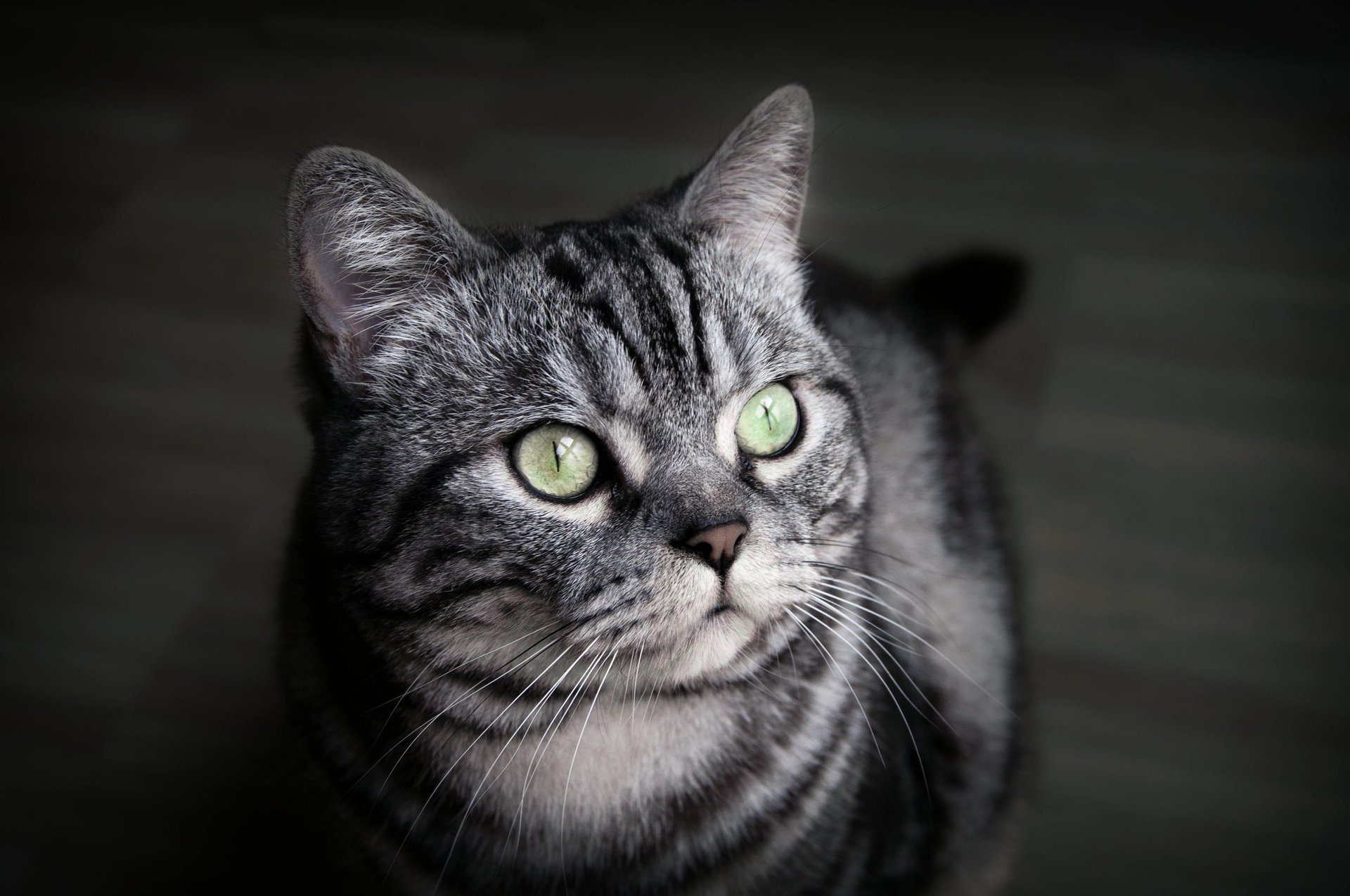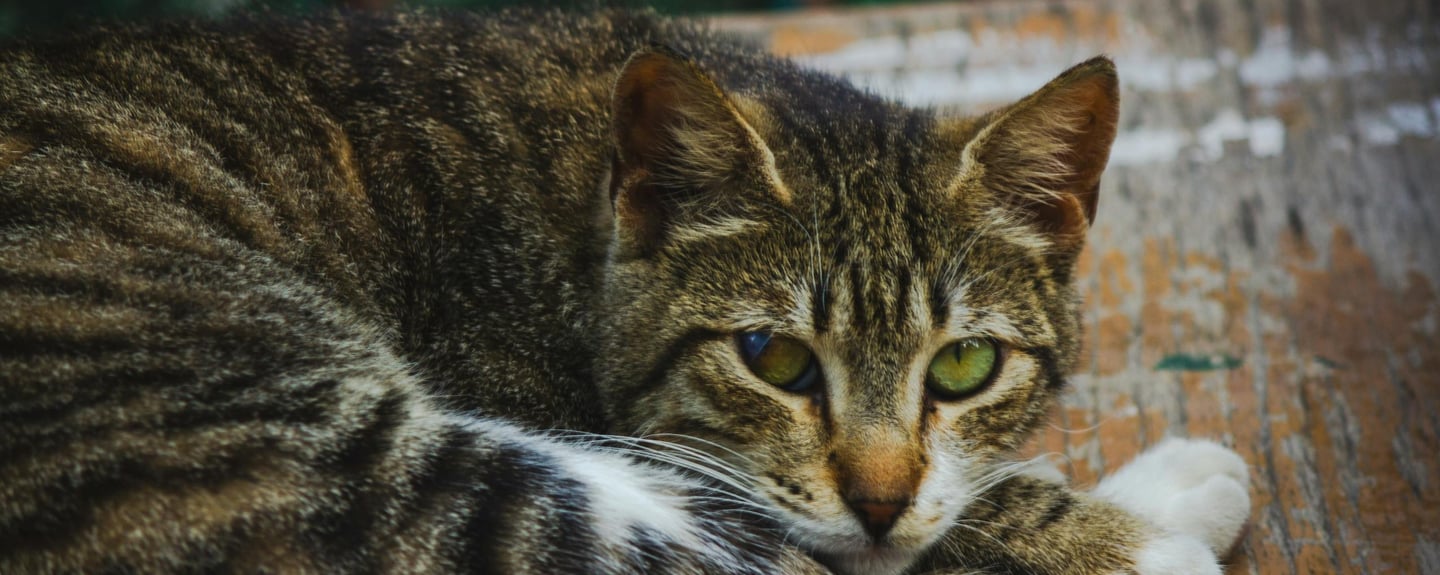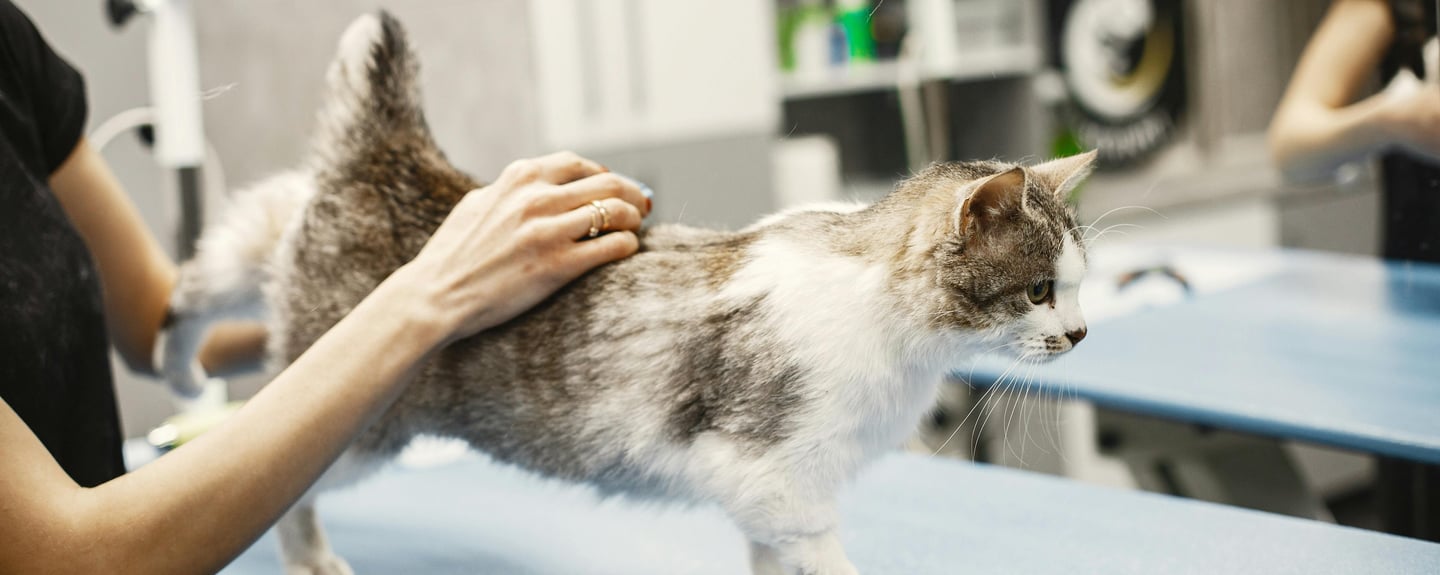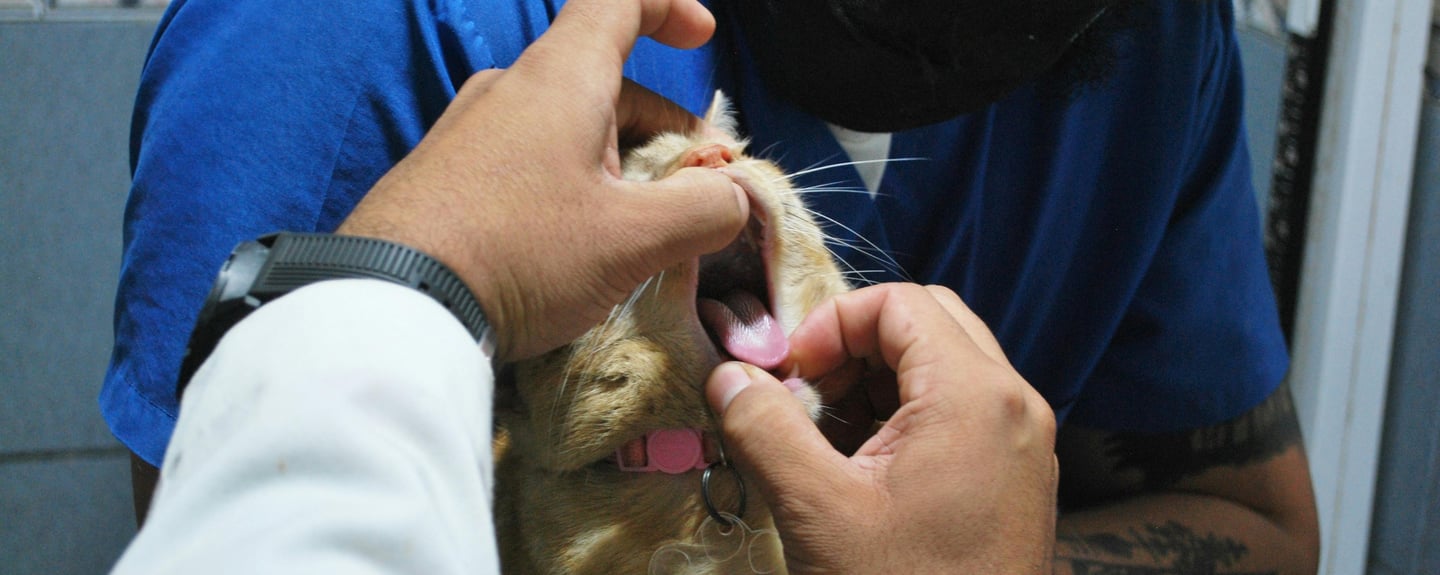Guaranteed Comfort and Complete Care for Your Pet.

What Is Feline Leukemia Virus And How To Treat It?


Feline leukemia virus (FeLV) is a contagious disease that weakens a cat’s immune system and increases the risk of infections. It spreads through saliva, blood, and close contact, especially among outdoor cats or those living in groups. There is no cure, but early diagnosis and the right support can improve both lifespan and comfort. In Dubai, many cats come from rescues or outdoor spaces, where the risk of exposure is high. Recognizing feline leukemia symptoms and acting quickly is key. This guide explains everything from the feline leukemia incubation period to feline leukemia treatment options. If you need help, a trusted vet clinic Dubai pet owners rely on can assist with tests, care plans, and advice tailored to your cat’s condition.
What Is Feline Leukemia Virus?
Feline leukemia virus is a retrovirus that harms a cat’s immune system and lowers its ability to fight disease. It often leads to anemia, secondary infections, or even cancer. The virus spreads through close contact, mainly grooming, bites, shared bowls, or from an infected mother to her kittens. Cats that live outdoors or in multi-cat homes face the highest risk.
The biggest risk comes from the stray cats, so make sure you stay careful!
After infection, a cat may show no signs for weeks. This period, known as the feline leukemia incubation period, allows the virus to multiply quietly. Symptoms such as fatigue, pale gums, and weight loss appear later. Because early signs are easy to miss, quick action matters. Routine vet visits and blood tests can help spot the virus early. Recognizing the threat of feline leukemia virus helps cat owners make better choices and protect other pets.
Feline Leukemia Symptoms and Stages
Feline leukemia symptoms often develop slowly, which makes early detection difficult. Many signs appear mild at first and grow worse over time. Some cats stay active while already carrying the feline leukemia virus, especially during the early stages. However, as the illness progresses, visible changes become more noticeable. Common feline leukemia symptoms include:
Lethargy
Poor appetite
Fever
Pale gums
Weight loss
Recurring infections
Swollen lymph nodes
Reproductive issues in females
These symptoms may come and go. But over months, they often become more frequent and harder to manage. Understanding facts about cat behaviour helps you notice these subtle shifts before they grow worse. Acting early gives your cat better access to timely feline leukemia treatment. Quick diagnosis can slow the effects of the feline leukemia virus and help improve your cat’s quality of life.
Stages of feline leukemia
Feline leukemia develops in stages, starting with exposure and followed by the feline leukemia incubation period. During this phase, the virus enters the body and spreads quietly without visible symptoms. If the cat’s immune system fails to fight it off, the virus enters the bloodstream. This leads to the progressive stage, where symptoms begin to appear.


The virus can be very hard to detect, that's why you always have to stay proactive!
Cats may experience fatigue, weight loss, or frequent infections, and the symptoms may worsen quickly because of Dubai's harsh climate. As the disease advances, the immune system weakens further, increasing the risk of cancer, severe anemia, or other life-threatening conditions. Recognizing these stages early helps improve the effectiveness of feline leukemia treatment and care.
Feline leukemia incubation period
The feline leukemia incubation period usually lasts between two and six weeks after exposure. During this time, the virus spreads inside the body, but visible signs often don’t appear. A cat may still infect others through saliva or close contact. This makes early detection harder, especially in group living situations or rescue centers. Blood tests may not show accurate results right away. Because of this, retesting after a few weeks is often needed. Acting early helps reduce risk for other pets and allows for quicker care. If you suspect exposure, speak with a vet right away and monitor for changes.
Feline Leukemia Treatment and Management
There is no cure for the feline leukemia virus, but the right care can slow its impact and improve quality of life. Feline leukemia treatment focuses on three main goals: supporting the immune system, controlling infections, and keeping the cat comfortable. Good nutrition, hydration, and stress-free living help a lot. Antiviral drugs and immune-boosting supplements may also support long-term health. Keeping the cat indoors protects them from further infection and prevents spreading the virus to others. In advanced cases, Petland Wellness veterinary hospital in Dubai can provide IV fluids, close monitoring, and targeted support for FeLV-positive cats. Regular checkups and fast action matter, especially when symptoms flare up. While feline leukemia virus remains a serious condition, early and ongoing treatment gives your cat the best chance for a longer, healthier life.
How to Prevent Feline Leukemia
Knowing how to prevent feline leukemia can help protect your cat from long-term health issues linked to the feline leukemia virus. Start by keeping your cat indoors to avoid contact with infected strays. Spay or neuter early to reduce the urge to roam or fight, both common ways the virus spreads. Kittens and outdoor cats face the highest risk, so timely cat vaccinations are the most effective way to prevent feline leukemia. These steps reduce exposure and limit the spread. Even if feline leukemia treatment is available, prevention remains safer, so choose safe, controlled spaces for your cat in Dubai. Avoiding infection helps your cat live longer, with fewer complications and better daily comfort. Simple choices, like managing outdoor time and scheduling regular checkups, make a lasting difference in overall health.
Choosing the Right Vet for Your Cat in Dubai
Choosing the right vet means more than just finding a nearby clinic. Some clinics aren’t equipped for feline-specific care. Look for a calm, cat-friendly space and staff trained in feline medicine. Ask if they offer FeLV testing, dental support, behavior guidance, and plans for long-term health. These details matter when managing chronic issues like the feline leukemia virus. It’s important to choose the best cat vet in Dubai who understands the signs early and offers consistent care. A knowledgeable vet improves the chances of early detection and gives you the tools to manage treatment with confidence.
Feline Leukemia vs. Feline Parvovirus
Feline leukemia virus and feline parvovirus are both serious diseases, but they affect cats in different ways. FeLV weakens the immune system over time, leaving the cat vulnerable to infections and chronic illness. In contrast, feline parvovirus causes sudden and severe gastrointestinal symptoms, including vomiting and bloody diarrhea.
Both viruses spread quickly through contact and require strict isolation to protect other pets. Unlike feline parvovirus, FeLV progresses more slowly and often goes unnoticed in the early stages. Each condition demands prompt diagnosis and veterinary support. While their symptoms and treatments differ, both diseases carry serious risks without early care and proper prevention.


Make sure you take your cat for a checkup regularly!
Supporting Cats With FeLV
The feline leukemia virus is serious, but early action can improve a cat’s life. Spotting feline leukemia symptoms quickly and understanding the feline leukemia incubation period gives owners an advantage. With proper feline leukemia treatment, many cats live comfortably for years. Keep your cat indoors, vaccinate on time, and schedule regular checkups. These simple steps reduce the risk of infection and support long-term health. A strong support system makes a big difference. With care and attention, FeLV-positive cats can enjoy stable, happy lives. Stay informed, act early, and provide the steady care your cat needs to thrive despite this condition.
FAQ
Can feline leukemia be cured?
There is no cure, but supportive care and lifestyle changes can extend quality of life.
Can my cat get FeLV if they’re vaccinated?
The vaccine reduces the risk significantly, but no vaccine offers 100% protection.
Is feline leukemia contagious to humans or dogs?
No, FeLV only affects cats.
How long do cats live with feline leukemia?
Some cats live months, while others live several years, depending on care and health status.
When should I test my cat for FeLV?
Test newly adopted cats, outdoor cats, and any cat showing unexplained symptoms.

